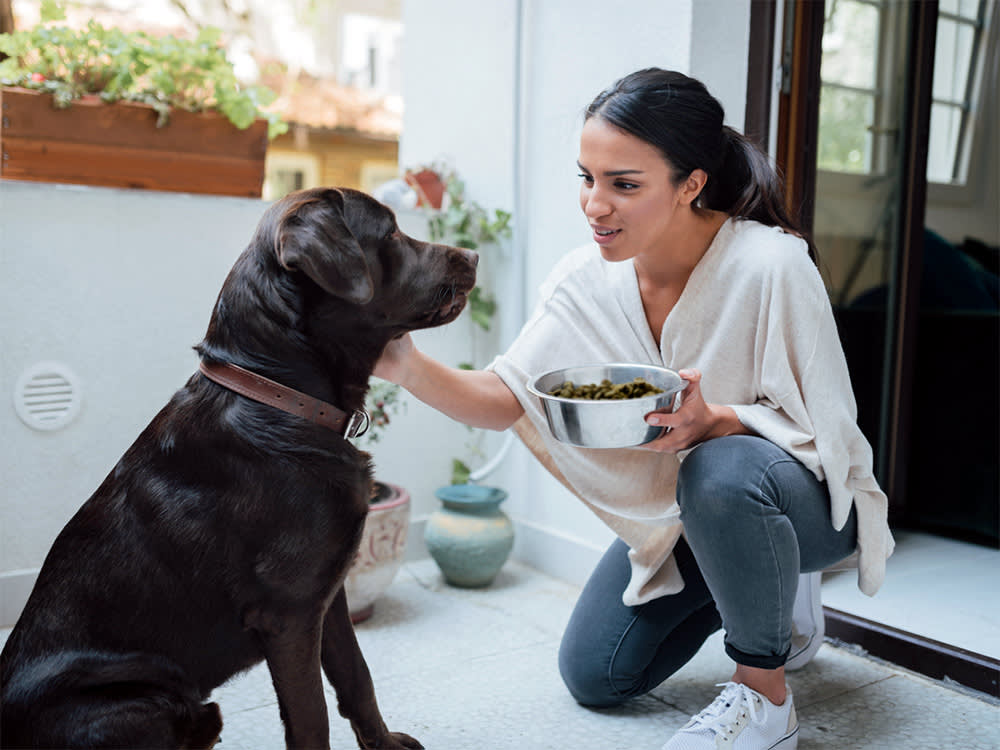How Many Cups in a Pound of Dog Food?
As a responsible dog owner, ensuring your furry friend receives proper nutrition is of utmost importance. One crucial aspect of this is understanding the relationship between pounds and cups when it comes to dog food. Knowing how many cups are in a pound can help you accurately measure your dog’s meals, maintain their health, and avoid over or underfeeding. In this comprehensive article, we’ll dive deep into the topic, providing you with all the information you need to master the art of measuring your dog’s food.
Understanding Dog Food Measurements
Before we delve into the specifics of cups per pound, it’s essential to understand the basics of measuring dog food. Most dog food packages display the weight in pounds and the serving size in cups. This standardized system allows pet owners to easily determine the appropriate amount of food for their dogs.However, it’s important to note that the conversion between pounds and cups can vary depending on the type and density of the dog food. Dry kibble and wet canned food have different densities, which means the number of cups in a pound will differ between the two.
Dry Dog Food: Cups per Pound
For dry dog food, a general rule of thumb is that there are approximately 3-4 cups of kibble in a pound. This range accounts for the variations in density among different brands and formulas. It’s always best to check the specific feeding guidelines provided by the dog food manufacturer, as they may have a more precise conversion for their particular product.To illustrate this concept, let’s consider a few examples:
- A 5-pound bag of dry dog food typically contains around 15-20 cups of kibble.
- A 10-pound bag usually holds 30-40 cups.
- A 20-pound bag can hold approximately 60-80 cups.
Remember, these are rough estimates, and the actual number of cups may vary slightly depending on the brand and formula.
Wet Dog Food: Cups per Pound
Wet dog food, also known as canned food, has a higher density compared to dry kibble. As a result, the number of cups per pound is lower. On average, you can expect around 3-3.5 cups of wet dog food in a pound.It’s important to note that wet food is typically measured in ounces or grams, rather than pounds. This is because wet food comes in smaller, individual servings, making ounces or grams a more practical unit of measurement.
Factors Affecting Your Dog’s Food Needs
While understanding the cups-to-pound ratio is essential, it’s equally important to consider your dog’s individual needs when determining the appropriate portion size. Several factors can influence how much food your dog requires, including:
- Age: Puppies, adults, and senior dogs have different nutritional needs and may require varying amounts of food.
- Size: Larger dogs generally need more food than smaller dogs.
- Activity Level: Active dogs burn more calories and may need more food than less active dogs.
- Metabolism: Some dogs have faster metabolisms and may need more food to maintain their weight.
- Health Conditions: Dogs with certain health conditions may require special diets or modified portion sizes.
Calculating Your Dog’s Daily Food Intake
Now that you understand the basics of cups per pound, let’s explore how to calculate your dog’s daily food intake. Most dog food bags provide feeding guidelines based on your dog’s weight. These guidelines are a great starting point, but you may need to adjust the amount based on your dog’s individual needs.Here’s a simple formula to calculate your dog’s daily food intake:
- Determine your dog’s weight and find the corresponding feeding amount on the dog food bag.
- Divide the feeding amount by the number of meals you plan to feed per day (typically 2-3).
- The result is the amount of food you should serve at each meal.
For example, if the feeding guidelines recommend 3 cups per day for a 30-pound dog and you plan to feed twice a day, you would serve 1.5 cups of food per meal.
Adjusting Food Amounts
As your dog’s needs change over time, it’s essential to adjust their food amounts accordingly. Here are some tips for making adjustments:
- Monitor your dog’s weight and body condition: If your dog is gaining or losing weight, adjust their food intake accordingly.
- Observe your dog’s energy levels: If your dog seems lethargic or hyperactive, consider adjusting their food intake.
- Consult with your veterinarian: Your vet can provide personalized guidance on your dog’s nutritional needs and help you determine the appropriate food amounts.
Frequently Asked Questions (FAQ)
1. How many cups of dry dog food are in a pound?
A general rule of thumb is that there are approximately 3-4 cups of dry kibble in a pound, but the exact amount may vary depending on the brand and formula.
2. How many cups of wet dog food are in a pound?
On average, you can expect around 3-3.5 cups of wet dog food in a pound.
3. How do I calculate my dog’s daily food intake?
To calculate your dog’s daily food intake, refer to the feeding guidelines on the dog food bag, divide the recommended amount by the number of meals you plan to feed per day, and adjust as needed based on your dog’s individual needs.
4. What factors affect my dog’s food needs?
Factors that affect your dog’s food needs include age, size, activity level, metabolism, and health conditions.
5. How often should I adjust my dog’s food amounts?
Adjust your dog’s food amounts as needed based on changes in their weight, body condition, and energy levels. Consult with your veterinarian for personalized guidance.
Additional Information
| Fact | Source |
|---|---|
| The first commercial dog food was introduced in the 1860s. | Wikipedia – Dog Food |
Conclusion
Mastering the art of measuring your dog’s food is essential for maintaining their health and well-being. By understanding the relationship between pounds and cups, you can accurately portion out your dog’s meals and ensure they receive the proper nutrition. Remember, every dog is unique, so it’s crucial to consider your dog’s individual needs when determining their food requirements. With the information provided in this article, you’ll be well-equipped to make informed decisions about your dog’s diet and keep them happy and healthy for years to come.



